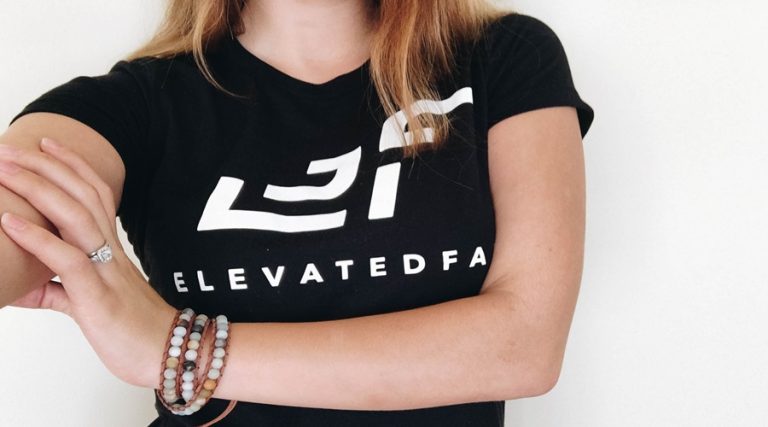A suit typically has notch lapels and can be worn for various occasions. A tuxedo features satin details and is formal evening wear.
Understanding the difference between a suit and a tuxedo is crucial for dressing appropriately. Suits are versatile and suitable for business meetings, weddings, and casual events. They come in various fabrics and colors, making them ideal for multiple occasions. Tuxedos are reserved for formal events like black-tie weddings or galas.
They have satin lapels, satin-covered buttons, and often include a cummerbund or vest. Knowing these differences helps you make informed wardrobe choices, ensuring you appear polished and appropriately dressed for any event.
Defining The Suit And The Tuxedo
Understanding the difference between a suit and a tuxedo is essential for any formal occasion. Both serve unique purposes and have distinct features. Let’s break down their definitions to see what sets them apart.
Key Characteristics Of A Suit
A suit is versatile and suitable for various events. Here are the key characteristics:
- A suit consists of a jacket and trousers made from the same material.
- Suit jackets have notch lapels.
- They are often paired with a dress shirt and tie.
- Suits come in various colors and fabrics.
- They can be worn with either dress shoes or loafers.
Tuxedo Traits And Formality
A tuxedo is synonymous with high-formality and elegance. Here are its main traits:
- Tuxedos feature satin on the lapels, buttons, and sometimes down the leg of the trousers.
- They are typically black or midnight blue.
- Tuxedo shirts often have a pleated front and are paired with a bow tie.
- They include accessories like cummerbunds or vests.
- Patent leather shoes are the standard footwear for tuxedos.
| Aspect | Suit | Tuxedo |
|---|---|---|
| Lapels | Notch Lapels | Satin Lapels |
| Colors | Various | Black or Midnight Blue |
| Footwear | Dress Shoes or Loafers | Patent Leather Shoes |
| Accessories | Tie | Bow Tie, Cummerbund, or Vest |
Occasions For Suits Vs. Tuxedos
Understanding the difference between suits and tuxedos helps you choose the right outfit for any event. Each has its own ideal setting and level of formality.
Where And When To Wear A Suit
Suits are versatile and suitable for many occasions. You can wear them to work, meetings, or social gatherings. Suits come in various colors and styles, allowing for personal expression.
Here are some common events where suits are appropriate:
- Business meetings
- Job interviews
- Weddings (non-black tie)
- Funerals
- Casual dinners
The suit’s flexibility makes it a wardrobe staple. Pair it with different shirts and ties to create unique looks.
The Tuxedo’s Natural Habitat: Black-tie Events
Tuxedos are more formal than suits. They are reserved for special occasions. The classic black tuxedo is the epitome of elegance.
Typical events that call for a tuxedo include:
- Black-tie weddings
- Galas and charity events
- Formal dinners
- Proms
- Opera or ballet performances
Tuxedos often feature satin lapels and a matching satin stripe on the trousers. These details set them apart from regular suits.
While suits offer flexibility, tuxedos provide unmatched sophistication. Knowing when to wear each helps you dress appropriately for any occasion.
Stylistic Differences And Accessories
Understanding the stylistic differences between a suit and a tuxedo is crucial. These differences extend to lapels, buttons, fabrics, and accessories. Each element plays a part in defining the overall appearance. Let’s dive into the details to better grasp these distinctions.
Lapels, Buttons, And Fabrics
Lapels are a defining feature. A suit typically has notch lapels. Tuxedos, on the other hand, usually have shawl or peak lapels. Shawl lapels are smooth and rounded. Peak lapels point upwards and are more formal.
Buttons also differ. Suits have plastic or metal buttons, matching the fabric. Tuxedos usually have satin-covered buttons. This adds a touch of elegance and sophistication.
The choice of fabrics can greatly influence the look. Suits often use wool, cotton, or linen. Tuxedos are usually made from finer materials like silk or high-quality wool. This gives tuxedos a more luxurious feel.
Suit And Tuxedo Complementary Accessories
Accessories can further highlight the differences between a suit and a tuxedo. Here’s a quick overview:
- Bow Tie vs. Necktie: Tuxedos are traditionally paired with bow ties. Suits are more versatile and can be worn with neckties or bow ties.
- Vest or Cummerbund: Tuxedos often feature a cummerbund or a vest. Suits may include a vest but never a cummerbund.
- Pocket Square: Both suits and tuxedos can have pocket squares. For tuxedos, a white pocket square is more common.
- Footwear: Tuxedos pair well with patent leather shoes. Suits are more flexible and can be worn with a variety of dress shoes.
| Feature | Suit | Tuxedo |
|---|---|---|
| Lapels | Notch | Shawl or Peak |
| Buttons | Plastic or Metal | Satin-covered |
| Fabrics | Wool, Cotton, Linen | Silk, High-quality Wool |
| Bow Tie | Optional | Standard |
| Cummerbund | Never | Often |
| Footwear | Dress Shoes | Patent Leather Shoes |
Frequently Asked Questions
What Defines A Suit?
A suit consists of a matching jacket and trousers, typically made from the same fabric.
What Makes A Tuxedo Different?
A tuxedo features satin accents on the lapels, buttons, and pocket trim, adding formal elegance.
Can Suits Be Worn To Formal Events?
Yes, suits are versatile and can be worn to both formal and semi-formal events depending on the style.
Are Tuxedos Only For Evening Events?
Generally, tuxedos are worn for evening events, such as black-tie affairs, due to their formal appearance.
Do Tuxedos Require A Bow Tie?
Traditionally, tuxedos are paired with a bow tie, while suits can be worn with a necktie or bow tie.
Conclusion
Understanding the differences between a suit and a tuxedo can help you make the right choice. Suits are versatile and suitable for many occasions. Tuxedos are more formal and reserved for special events. Always consider the event’s dress code to ensure you look your best.
Both have their unique charm and purpose.


